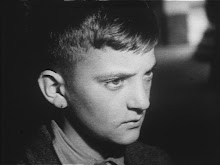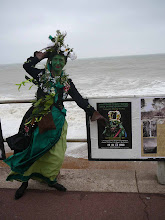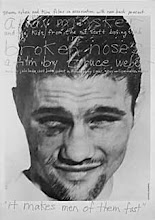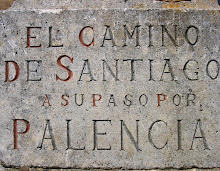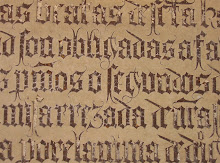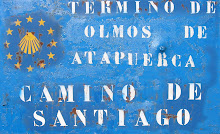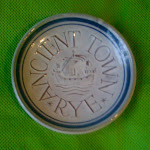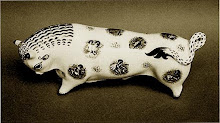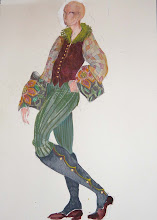Variously referred to as 'Man with Tattoos' or 'Portrait of a Tattooed Man', Pavel Tchelitchew's iconic portrait was painted in Paris in 1934, and was, up until the time it was sold at Sotheby's, New York in 2010, in the collection of the actress Ruth Ford. Her brother, the writer and publisher Charles Henri Ford was Tchelitchew's life-long partner, who died in 2002, Ford herself dying in 2009 at the age of 98. Her apartment in New York's Dakota building was crammed with masterworks by Tchelitchew, amongst other 20th-century masters, and this astonishingly powerful portrait of a man, darkly-attired in an acrobat's leotard, was estimated to sell at auction for between $250,000.00 and $350, 000.00.
Tchelitchew was born in Russia in 1898, and fled after the 1918 Revolution, eventually to Paris, where he settled in the artistic quarter of Montparnasse and was soon feted by the artistic and literary haute-monde of the day, notably by Gertrude Stein and her lover Alice B. Toklas and later by Edith Sitwell (who was largely responsible for introducing the painter and his work to British collectors). His work would later evolve into a Neo-Romantic style, with an overwhelming sense of the metamorphic, where stellar and planetary aspects became an essential component to portraits already imbued with mystical and dream-like cadence. It is the economy, however, of Tchelitchew's portrait of the unknown sitter that attests to his skill as an interpreter of the male form in both power and stillness. Hewn from the dark background, the subject is clothed in the one-piece costume rendered by the painter even darker than the surroundings that he emerges from; an Ariel-like figure anchored to the earth by the encroaching blackness that engulfs him. In repose, the face is passive; the averted gaze belies little emotion yet, framed by his raven-black forelock, he is rendered equally as a figure or vulnerability and as an object of the sitter's- and, by extension - our desire. In starkest counterpoint to the darkness around him is the blueness of his tattoos against the warmth of golden skin that truly make this perhaps his finest work of the period. There is a subcutaneous glow to the flesh, a blurring to the edges of the ink beneath the epidermis that single out this astonishing painting as one of his greatest. The gesture of strong arms crossing to shield a stronger yet somehow vunerable body serves to better define the dense tracery of the designs that decorate him, truly fixing our gaze, and rendering him an illuminated angel against the impenetrable darkness at his back.
Ruth and Charles Henri Ford were devoted siblings who, by virtue of their family wealth, were able to indulge their joint passions for the arts and patronage to an unpresidented degree. Their separate apartments in the iconic Upper West Side Dakota building were the settings for some of the most famous literary and artistic gatherings of the era. Charles was the author of The Young and Evil, written in 1933 and regarded as the first novel in the U.S. to explore themes of homosexuality and 'genderqueerness'- a term coined much later in the century to describe a group or an individual who exists outside of 'normal' modes of sexual and social mores. Gertrude Stein opined that Ford's novel 'beat the Beat Generation by a generation' and focuses on the lives of a group of artists as they write poetry, have sex and generally lead the lives of artistic outsider-itinerants, moving in and out of New York's cheap apartments and rented rooms. It's candor was astonishing for the period, and rocked the established literary world to the core. Rejected by almost every major American and British publisher, it was picked up by Obelisk Press in Paris and became an early counter-cultural phenomenon which anticipated and pre-figured the novels of William Burroughs and Hubert Selby by two decades. Ford's circle inevitably included the leading gay lights of his generation: photographers Hoyningen-Huene and George Platt-Lynes most notably, as well as luminaries such as Cecil Beaton, Leonor Fini, Carl Van Vechten, Orson Welles and George Balanchine. Ford was photographed by Beaton for Vogue in 1937, wearing a costume designed by Salvador Dali. Ford bought Tchelitchew to New York in 1934, having begun a relationship that lasted their lifetimes. Ford was also the instigator and publisher of View, a magazine that was seen as the pivotal Surrealist publication of the pre-and post-war period in Europe and the U.S.
The majority of the works in Ruth Ford's collection were gifted to the actress during the painter's lifetime, with many more bequeathed to her on her brother's death. It is highly likely that Tchelitchew's masterly portrait of the Tattooed Man came to her latterly, and was thought to be amongst the most significant of his works in her possession. It epitomizes the painter's work of the period, made all the more fantastical by the enigmatic nature of the subject whose decorated forearms hint at some sort of inner psyche which we, the onlooker can only attempt to guess. Lincoln Kirstein, the painter's biographer and contemporary stated that 'Tchelitchew became absorbed with the idea of metamorphosis, a collective object or image composed of other complete images- and their interplay, balance, contrast and opposition in which there was a ceaseless dialogue of the whole with its parts'.























